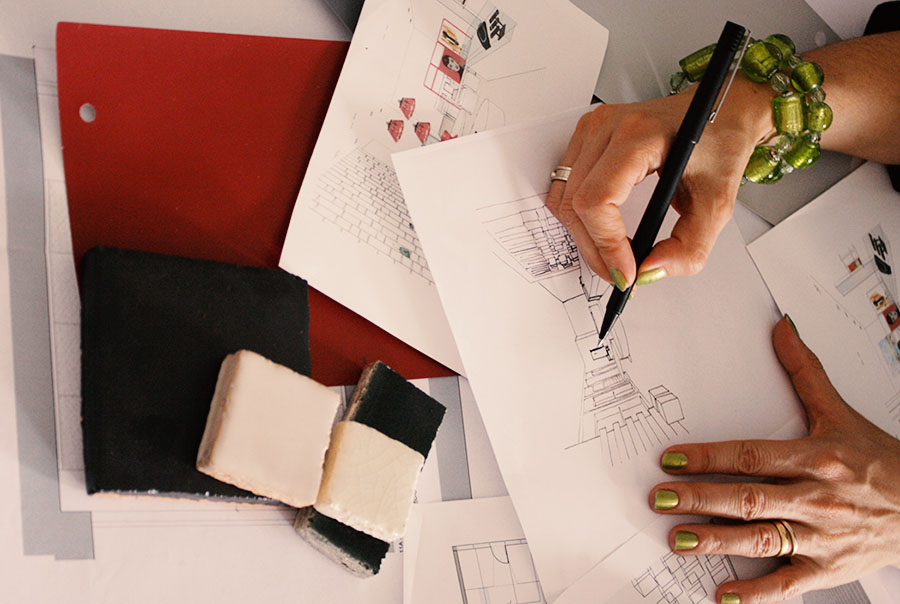
BLOG
A "Wild" Idea To Make a Bold Decorating Statement
Ready to be a little wild in your decorating?
The secret to good decorating is to be bold and creative without ever being tasteless. Here’s an idea which is unique enough to get attention, yet will never be out of place.
Instead of just flowers in a silk arrangement, use feathers! Feathers bring an added bit of texture and life to the standard silk flower display. Pheasant and peacock feathers will add height and drama. Bright colored feathers will make your display eye-catching and unique. To add softness to a bouquet, try ostrich plumes..
You may want to leave the flowers out and make your arrangement entirely out of feathers. An interesting container can serve as a wonderful starting point. Search for one with an animal skin motif. Duck feathers in a leather container will add a manly feel to any office or gameroom. Short feathers at the base, with spikes of pheasant plumes, create an attention drawing piece for a buffet or hall table.
Exotic feathers can add spice to a bedroom. Put them out with candles for a special night, and create a very romantic mood. You might even try a boa for yourself!
Look outdoors for feathers of local birds from your area. You can use these to make a statement about your love of where you’ve chosen to live. Take a walk in a nearby wooded park and soon you’ll have a collection from local birds. Typically these are small feathers, yet they’ll say "home" in a cute display on an end table.
Search the floral section of your favorite craft store for interesting natural items such as moss, twigs and dried seeds to add to your design. A skilled florist will help you change these elements into a stunning display for your home.
Don’t be afraid to experiment. You’re sure to draw interesting comments and with reasonable consideration, you’ll add a stimulating look to any room!
Elements of Interior Design: what make a space BEAUTIFUL!
Whether you are working with existing furnishings and fabrics or “starting from scratch” with an empty room, you should always use the elements and principles of design as a guide in choosing everything. The elements are your tools or raw materials, much like paints are the basics to a painter. The elements of design include space, line, form, color, and texture. The principles of design relate to how you use these elements and are balance, emphasis, rhythm, proportion and scale, and harmony and unity.
Element #1: Space
Space defines the boundaries and sets the limits on the functional and decorative things you can do. Usually you will not determine the space; instead, you will be faced with the challenge of using the existing space effectively.
Element #2: Line
The lines in a room are second only to color in importance when it comes to setting the overall mood or feeling of a room. The lines of window fashions should support the dominant line of the room. In most situations, the dominant line is straight (vertical, horizontal or diagonal) rather than curved. Your choice of emphasizing the direction of lines will determine the mood you want to create.
• Vertical lines add height and dignity, creating a more formal atmosphere. Vertical lines also balance the horizontal lines found in most furniture.
• Horizontal lines tend to create a restful, informal feeling. They work well in casual rooms or as relief to the strong verticals of formal rooms.
• Diagonal lines attract attention and lead the eye. They can be disturbing unless supported by verticals or opposing diagonals.
• Curved lines add a softening effect and keep the room from becoming too stiff. Use curved lines with some restraint to keep the room from becoming too soft and overly feminine.
Element #3: Form
Lines that join together produce the form, or shape, of an object, which in turn impacts the overall feeling of a room. Straight lines create rectangles, square and triangles. Curved lines form circles and ovals. The rectangle is the most popular form and is often the dominant shape in a room. Triangles provide stability and curved shapes soften the contours of objects.
Element #4: Color
More than any other element, color can make a room beautiful. Color can set the mood. It can make a room warmer or cooler, larger or smaller. It can hide unsightly features or call attention to the center of interest. Even with the simplest furnishings, the proper use of color can transform a room.
Element #5: Texture
Texture is playing an increasingly important role in home decorating. Visual texture is a material’s apparent smoothness or roughness. To maintain and enhance a casual feeling, use fabrics that are more heavily textured, nubby or rough visual texture. Smooth, shiny surfaces such as silk, moiré, chintz and silk-like looks support a more formal feeling in a room. Using several levels of complementary textures adds variety and maintains interest. However, it is a good idea to avoid dramatic contrasts in texture.

